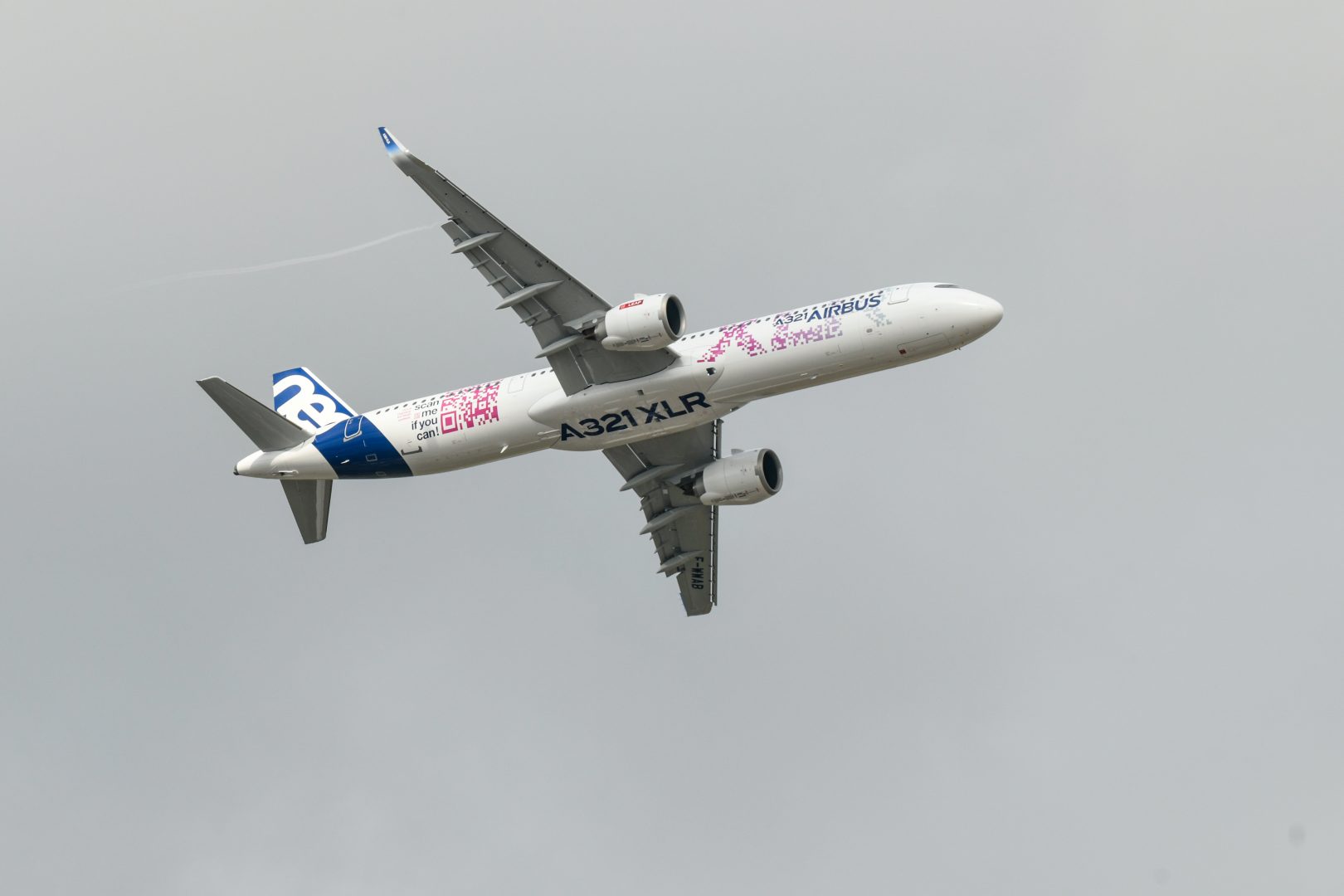Which Airlines Offer the Fastest In-Flight Wi-Fi? Here’s The Full List
Which airlines actually offer decent in-flight Wi-Fi? From blazing fast to barely usable, here’s how they rank
by Lauren Smith
July 11, 2025
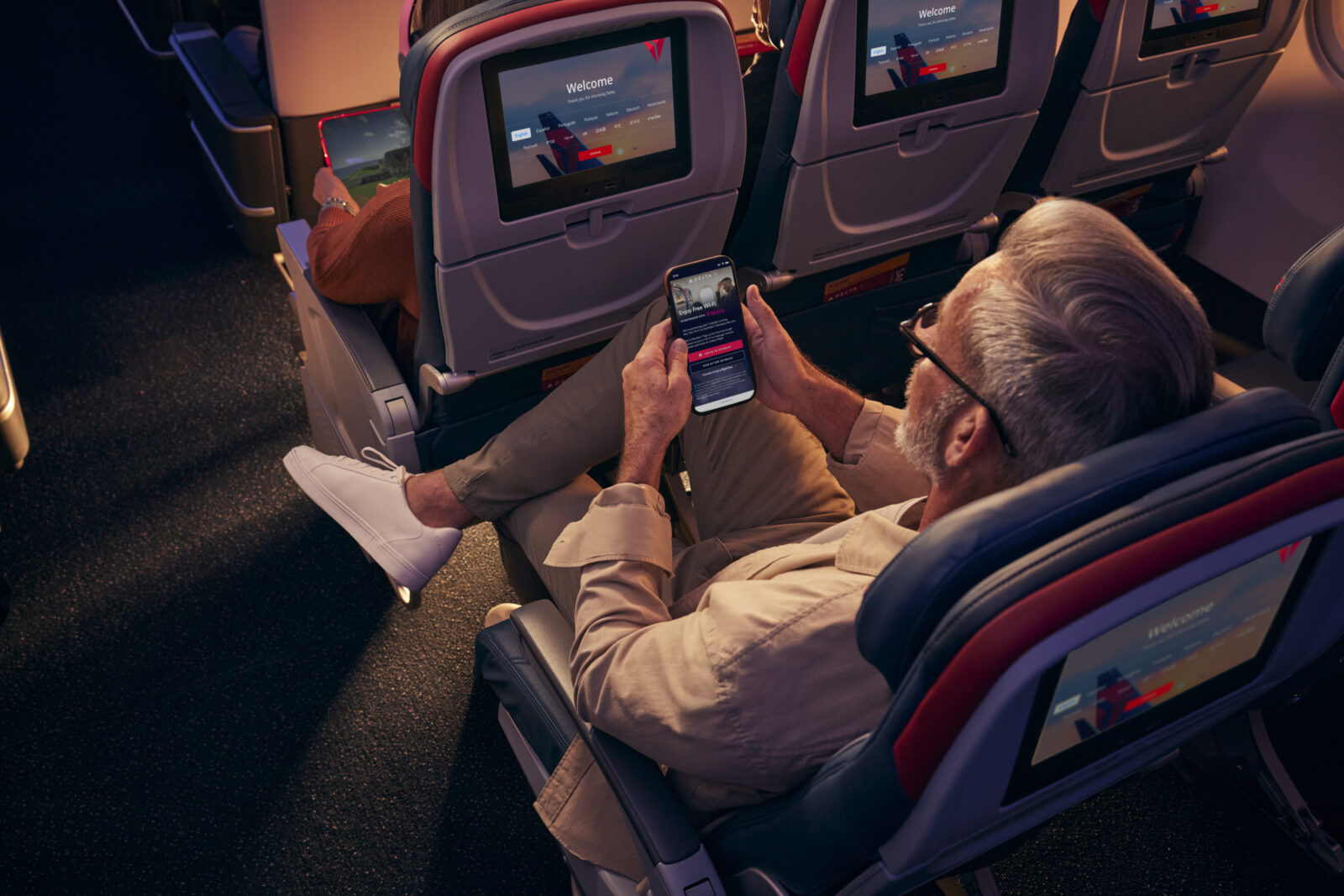
Photo: Courtesy of Delta
For travelers tired of buffering videos and failed uploads at 35,000 feet, relief is finally in sight—at least on a few lucky airlines. New global rankings from network analytics firm Ookla reveal that Hawaiian Airlines and Qatar Airways now offer the fastest and most reliable in-flight Wi-Fi in the world, powered by SpaceX’s Starlink satellite network.
According to the study, the speeds provided by these two carriers rival some ground-based broadband connections, setting a new benchmark for connectivity in the skies.
Starlink Disrupts the Game
Anyone who has opened their laptops on a plane or shelled out for an in-flight Wi-Fi pass knows that, despite carrier advertising, internet connectivity above the clouds is spotty at best. Speeds are often glacial, latency high, bandwidth limited, and the service prone to cutting out over water or in busy air corridors.
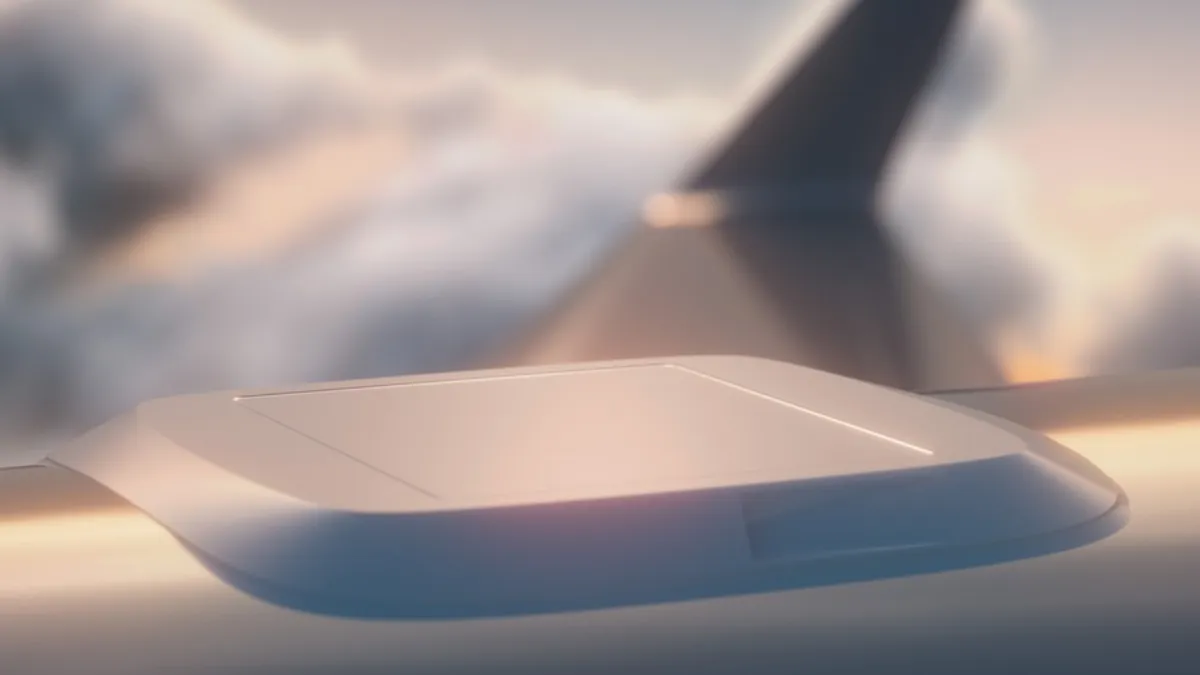
Photo: Courtesy of SpaceX
In recent years, SpaceX’s Starlink has revolutionised in-flight Wi-Fi with its network of low Earth orbit (LEO) satellites, which have delivered faster speeds, lower latency, and enough bandwidth to accommodate a 747’s worth of passengers and their devices.
It’s not a surprise, then, that the early adopters of Starlink delivered the best in-flight Wi-Fi in Ookla’s study.
Hawaiian Leads the Pack
As of September 2024, Hawaiian Airlines offers free Starlink-powered Wi-Fi on all its Airbus A330 and A321neo aircraft, including on trans-Pacific flights.
During tests conducted in the first quarter of this year, Hawaiian’s in-flight Wi-Fi achieved the best download speeds in the world, measuring a median of 161 megabits per second (Mbps). That’s comparable to 5G mobile networks and just shy of typical fixed broadband speeds (which currently average 200-300Mbps).
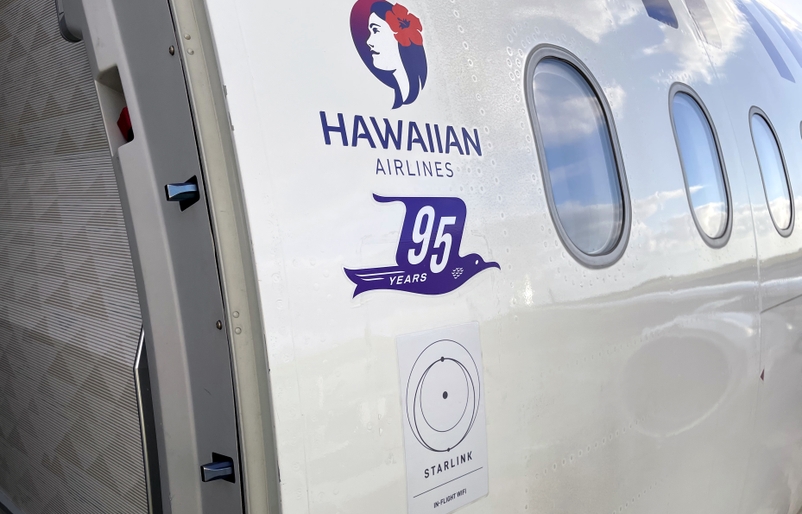
Photo: Courtesy of Hawaiian Airlines
Upload speeds on Hawaiian flights were also robust, at a median of 20Mbps, and latency, the lag that wrecks Zoom calls and online gaming, was a respectable 74 milliseconds.
Second-best performing Qatar Airways began installing Starlink terminals on its Boeing 777s last autumn. The rollout has now reached its fleet of Airbus A350s and is delivering median download speeds of 120mbps and median upload speeds of 21Mbps.
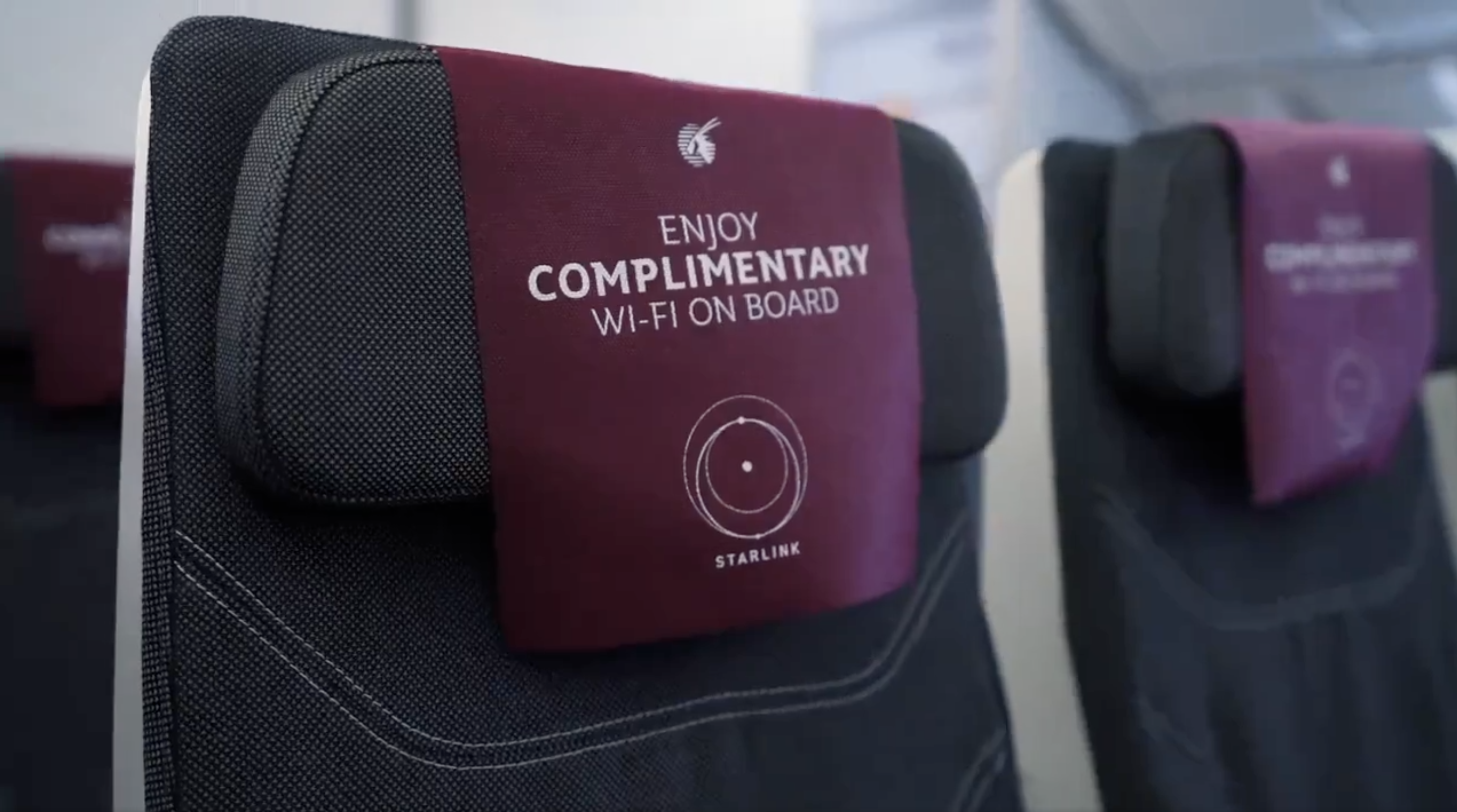
Photo: Courtesy of Qatar Airways / YouTube
Ookla, the force behind Speedtest and Downdetector, also compared in-flight Wi-Fi performance by connectivity service providers. Unsurprisingly, Starlink easily outpaced rivals, with median download speeds of 152Mbps.
Latvian flag carrier airBaltic and charter airline JSX also currently offer Starlink-powered Wi-Fi networks, but weren’t included in the study.
United Airlines, Air France, Air New Zealand, Scandi carrier SAS, WestJet, and most recently, Virgin Atlantic, have all announced deals with Starlink, but the partnerships weren’t airborne when Ookla was conducting tests earlier this year.
Customer Expectations Are Sky High—and Rarely Met
With our carry-ons packed with devices, omnipresent mobile networks, and parallel online lives, travelers increasingly expect connectivity throughout their trips, even at 30,000 feet.
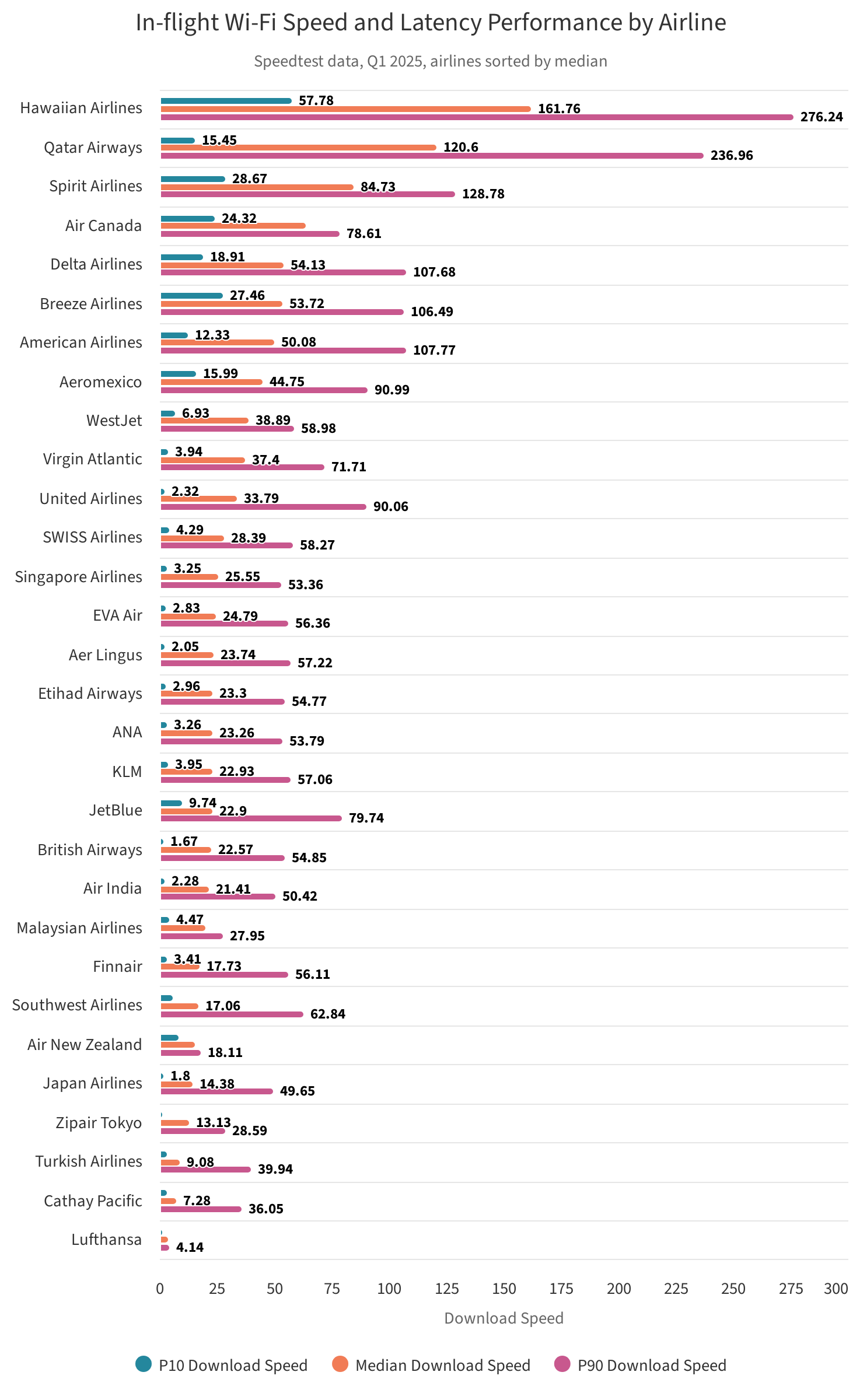
Graphic: Courtesy of Ookla
Reflecting that expectation, the American Customer Satisfaction Index (ACSI) included “Quality of in-flight Wi-Fi” in its benchmarks for airlines for the first time this year.
But when it started asking customers about their experience of in-flight Wi-Fi, the results were poor. U.S. travelers rated it the worst service from their airlines, worse even than baggage handling and the comfort of their seats.
JetBlue, Delta, American: Mediocre Results
Ookla’s study validates this poor assessment. JetBlue, which pioneered free in-flight Wi-Fi back in 2013, seemingly hasn’t upgraded its Viasat service since. Median download speeds are just 23Mbps.
Delta waived fees for its Wi-Fi in 2023, and its service is just all right: median download speeds were 54Mbps when measured by Ookla, although upload speeds on the Viasat service were abysmal, at under 1Mbps.
American Airlines still charges for its Wi-Fi, with prices starting at $10, but the service isn’t worth the cost for most travelers, with median speeds of 50mbps down and under 1mbps up. Fortunately, the airline announced it will finally ditch fees for internet access in January 2026.
United Eyes Better Days
United also had pretty poor internet—34mbps down, 1Mbps down—at least when Ookla was conducting tests in the first quarter of this year.
However, the carrier had already inked a deal with Starlink and, in May, operated its first Starlink-equipped flight.

Photo: Courtesy of United
With an accelerated rollout underway, the airline plans to equip its entire two-cabin regional fleet and its first mainline plane with the service by the end of the year. Its Starlink-powered Wi-Fi will be free, while its current service costs $8-10.
Spirit Surprises—For a Price
Until then, the best-performing Wi-Fi in U.S. skies comes from an unexpected source: budget airline Spirit. Otherwise known for its barebones service, Spirit offers the third-best download speeds in the world after Hawaiian and Qatar, at 85mbps.
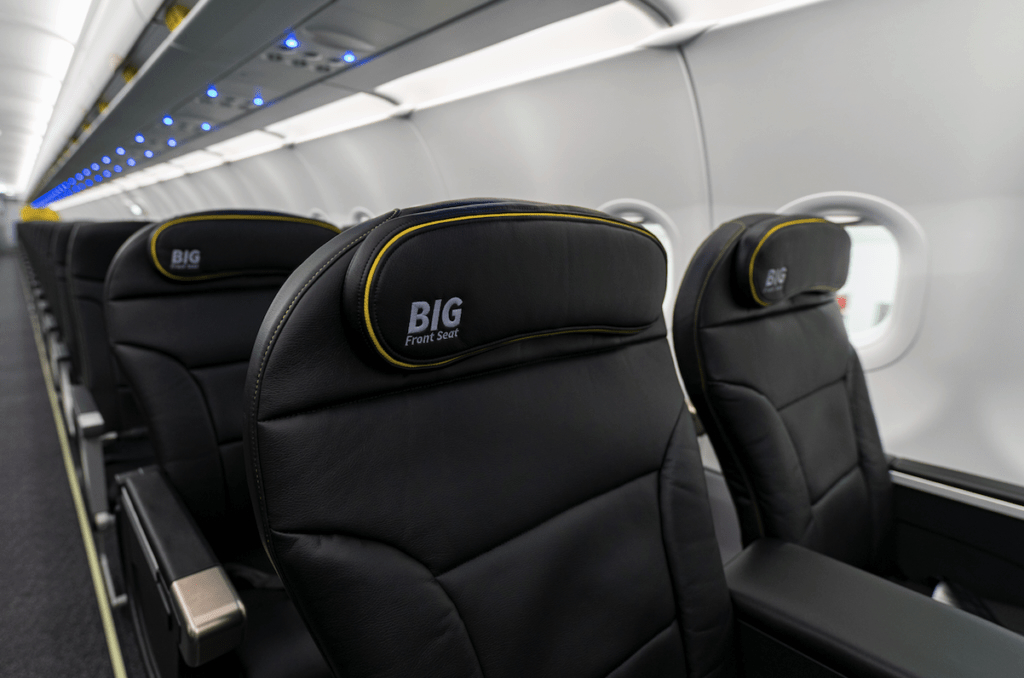
Photo: Courtesy of Spirit Airlines
However, you’ll have to pay—$7.99 per flight, or $5.99 for slower service. And hope you don’t need to send an email with an attachment because upload speeds are a miserable 1Mbps.
Breeze and Southwest: Mixed Results
Fellow budget airline Breeze also has decent in-flight Wi-Fi. Complimentary for travelers with pricier ticket bundles, it costs others $8 and achieves median speeds of 54Mbps—enough to browse the internet.
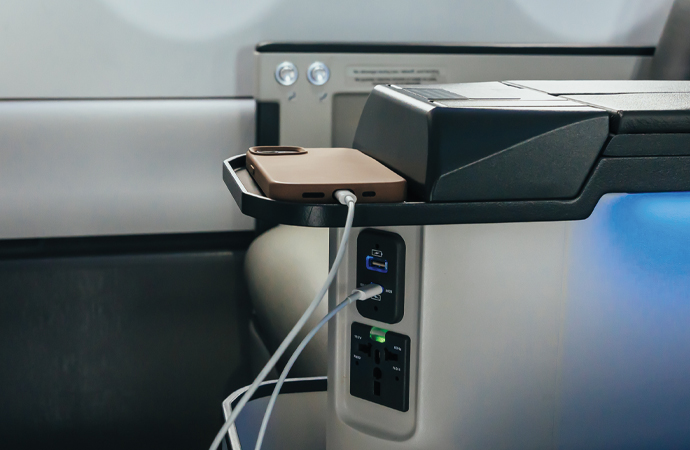
Every seat is equipped with various charging options, including a USB-C port / Photo: Courtesy of Breeze Airways
However, you might not want to pay for an airline pass on a Southwest flight. For a fee of $8 per device per flight, you’ll only encounter median speeds of 17Mbps.
Lufthansa: Worst Wi-Fi in the Sky?
On several airlines assessed by Ookla, you shouldn’t even bother taking your tablet out of your carry-on. Lufthansa’s service, provided by Deutsche Telekom’s LTE ground-to-air network, only achieved median download speeds of 4Mbps, which is “minimally usable” according to Ookla and the worst of any tested airline.
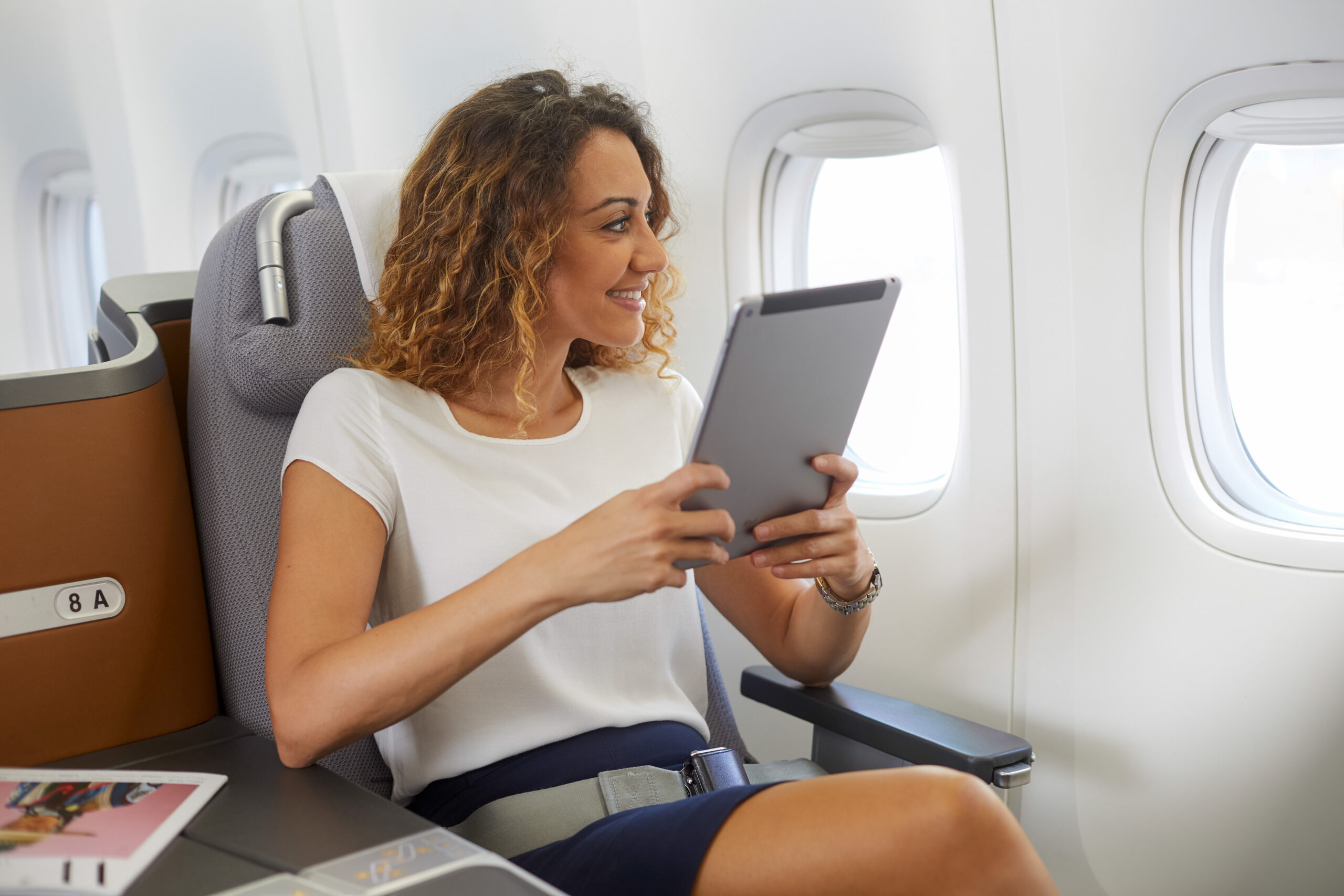
Photo: Courtesy of Lufthansa
Ookla acknowledges that Lufthansa likely offers better-performing satellite internet services on other flights. However, Ookla said its own data found that a significant number of Lufthansa passengers are still relying on this poor-quality service.
Other airlines with terrible download speeds, at least on some planes, include Cathay Pacific (median of 7Mbps) and Turkish Airlines (9Mbps).
More LEO Satellites: Better Wi-Fi
As with the wider industry, these airlines have “nowhere to go but up” with their Wi-Fi service, Ookla said.
Fortunately, emerging technology should make faster and more reliable in-flight Wi-Fi standard on most flights in the coming years.
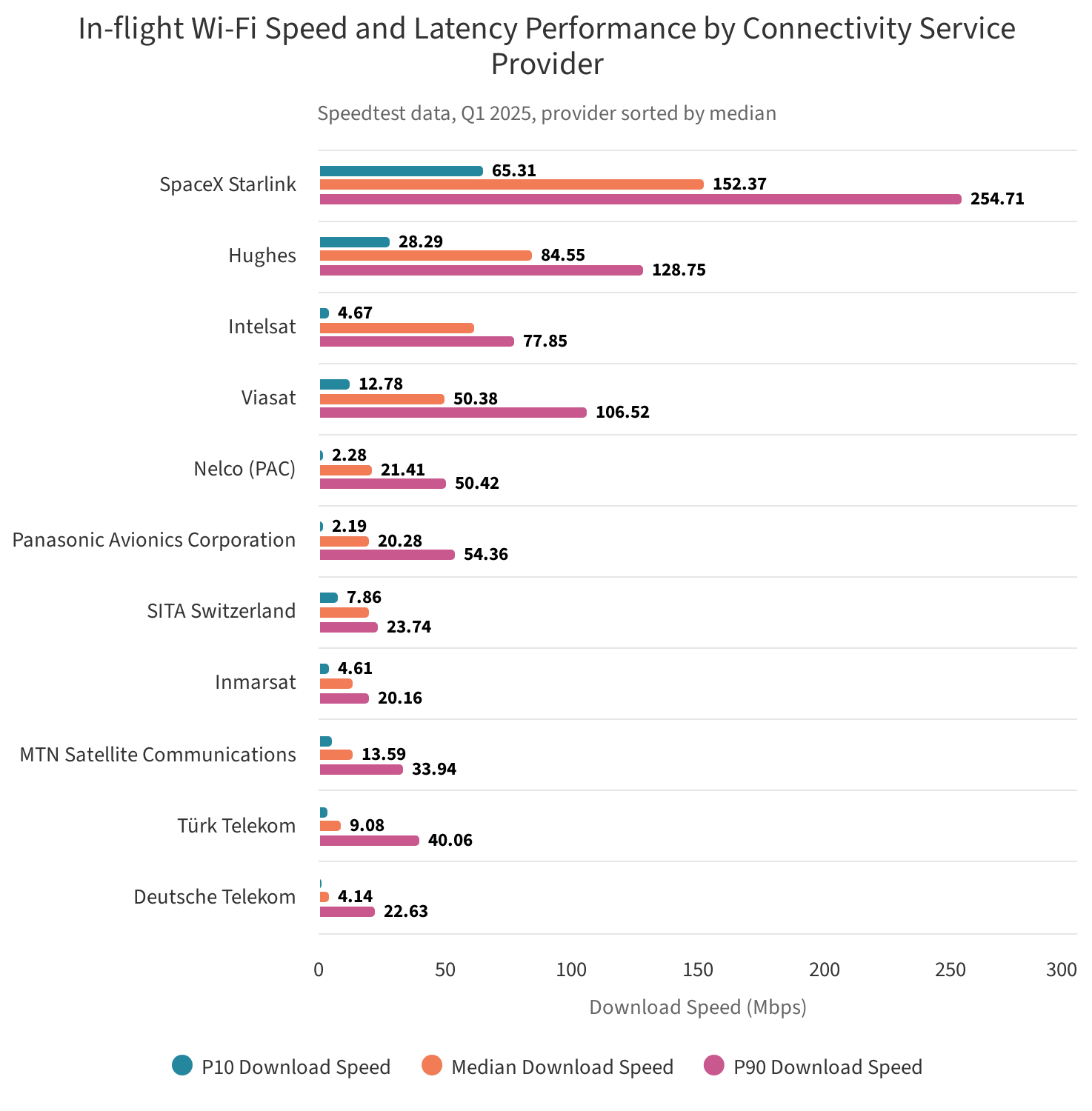
Graphic: Courtesy of Ookla
Amazon is launching its own low-Earth orbit satellite network to rival Starlink, branded Project Kuiper, while the EU is building its own LEO/MEO (low-Earth and medium-Earth orbit) satellite constellation to deliver more reliable connectivity for governments, businesses, and citizens.
Traditional GEO (geostationary) satellite providers are also developing LEO constellations and are still the choice of many airlines, including American (Viasat and Intelsat) and Delta (Viasat and Hughes).



